Rain clouds convene like clockwork around the western flanks of Hualālai and Mauna Loa as the two massive volcanoes trap the warm afternoon air, drawing in moisture over balmy Kona. While the gray sky above may disappoint visitors hoping to tan, to local farmers, it’s as good as gold. Kona’s unique climate—the reliable afternoon shade, abundant rainfall, and porous volcanic soil—give it some of the best natural conditions in the world for growing coffee. It’s no surprise that much of this region is now covered with coffee farms.
Nestled among the plenitude of coffee is a small farm called Māla Kaluʻulu. Sitting on just 3.7 acres, Māla Kaluʻulu doesn’t look like a farm by most standards. There are no neatly groomed rows, no big machinery, and hardly any visible crops. Instead, trees and shrubs grow haphazardly, creating a loose, open canopy more like a forest than a farm. Standing out among the foliage are lanky trees with a shell of broad, stately leaves and bright green, grapefruit-sized fruits. Known as breadfruit, or ʻulu in Hawaiian, these trees dominated Kona’s landscape long before coffee arrived and were an important pillar of the pre-contact Hawaiian agricultural system. Although this little farm illustrates just a fraction of what was once here, experts believe small breadfruit agroforest farms like Māla Kaluʻulu are the key to solving Hawaii’s significant food problem.
Reports estimate that up to 90% of Hawaii’s food is imported—Hawaii is the most isolated population center on Earth. Everything imported comes from at least 2,500 miles away, with most coming from even farther away. This dependence has a heavy carbon cost, as well as an economic one. Hawaii residents pay more for groceries than anywhere else in the United States, and yet very little of that money goes toward the local economy. On top of that, much of the produce on display at the store is already days or weeks old. And if the ships stopped coming, there would only be enough food on the shelves to feed the islands for about a week.
Perhaps it goes without saying, but it wasn’t always this way. According to a 2019 study, prior to Western contact, Native Hawaiian agricultural systems consisting of flooded wetland taro patches, dryland fields, and multi-crop agroforests produced enough food to support a population of up to 1.2 million people on just 250,000 acres of cultivated land. Based on those numbers and current population figures, Hawaii has the capacity to grow at least 85% of its own food. However, as it stands, most of the islands’ agricultural output consists of products like seed corn, macadamia nuts, and coffee—exports that don’t contribute to state food consumption. At present, over 900,000 acres of active agricultural lands contribute to just over 10% of food consumed.
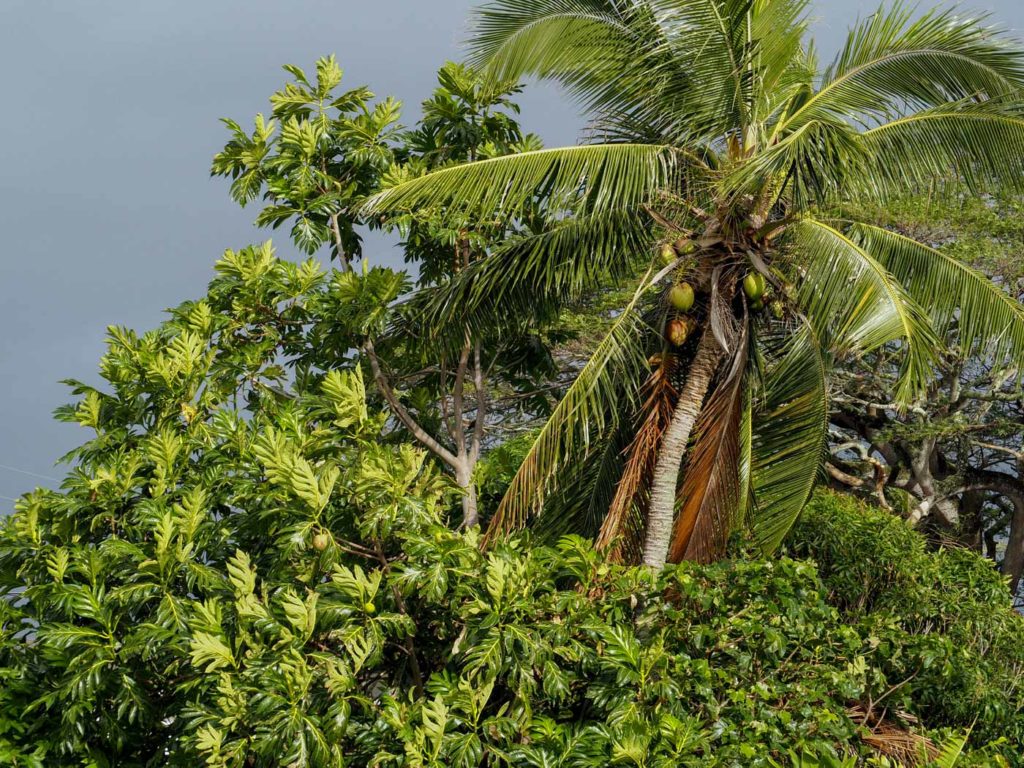
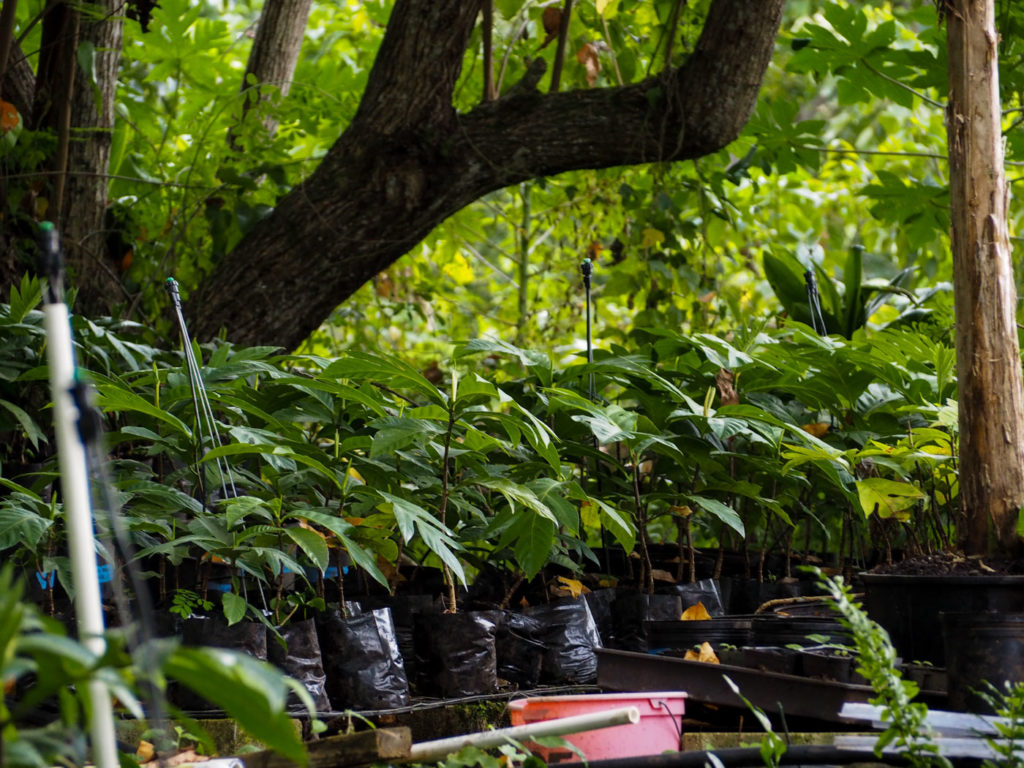
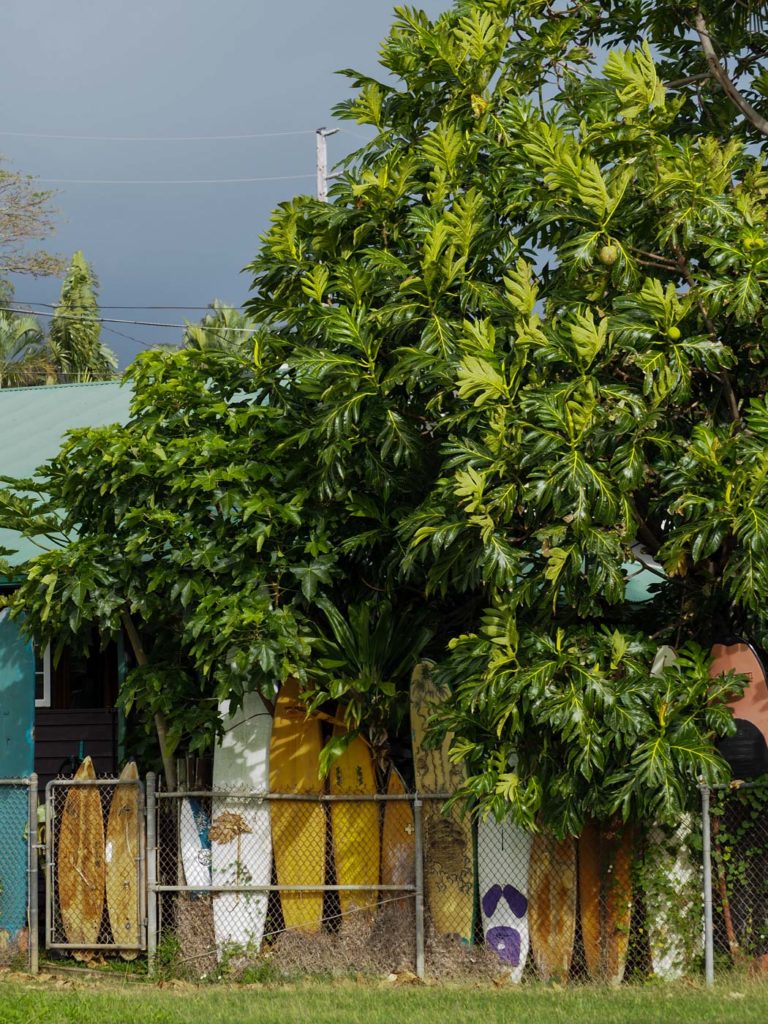
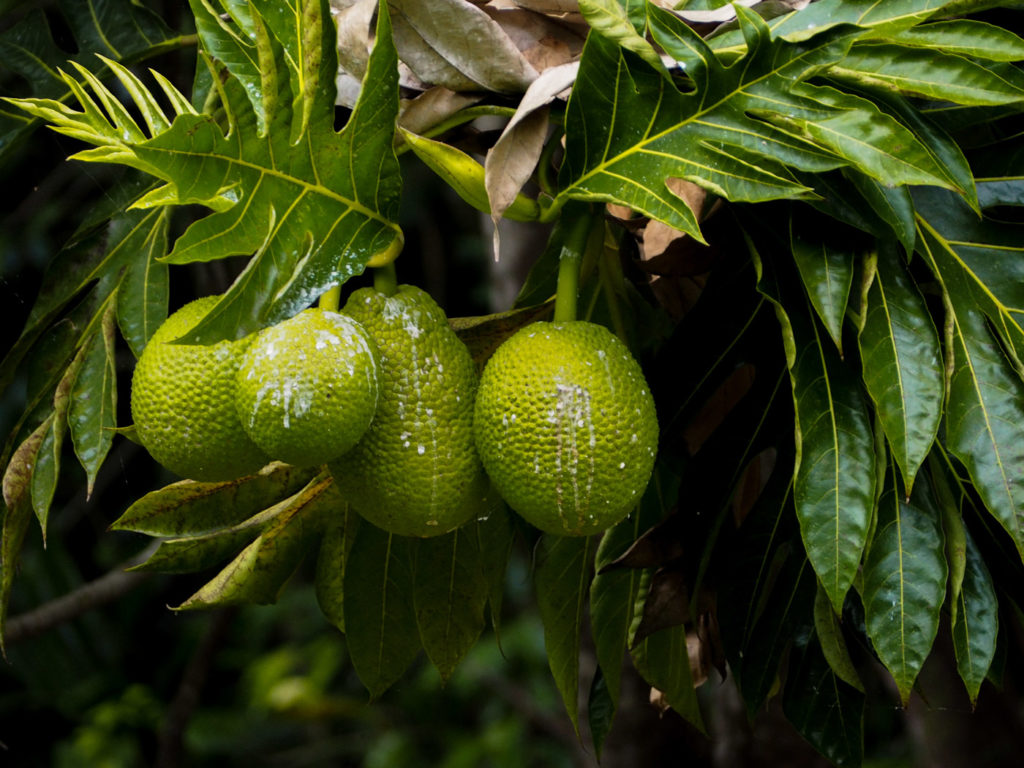
For decades, there have been talks, initiatives, panels and papers centered around increasing the state’s food production to little avail. And while in recent years, big mainland corporations have begun or have made plans to begin large-scale farming endeavours, profits will not remain in the local economy, and there is no guarantee that the majority of the food produced will go toward feeding the islands’ residents. To build true food independence, Hawaii must look within.
Breadfruit arrived on the Hawaiian islands with Polynesian settlers over one thousand years ago in the form of carefully prepared cuttings hanging off the beams of their double-hulled voyaging canoes. Hailed as the “tree of life,” breadfruit was critical to the success of the Polynesians as they colonized nearly every habitable island within the ten million square mile expanse of the South and Central Pacific between 1500 B.C. and 1000 A.D. Every part of the breadfruit tree was used, from its leaves and bark to its flowers and sticky latex sap. But chief among the tree’s importance was its fruit.
Depending on the variety, breadfruit are round or oval, range from four to eight inches in diameter, and weigh between half a pound up to ten pounds. Starchy and dense, breadfruit is a complete protein and contains more of several key vitamins and minerals than other comparable starches like potatoes or white rice. Breadfruit can be eaten at all stages of ripeness as well. When immature and green, cooked breadfruit has a flavor similar to artichoke hearts. As the fruit reaches maturity, the starches begin to break down and the cooked fruit takes on more of a potato-like flavor and texture. Once the fruit’s bright green skin takes on a browner hue and the fruit ripens, it becomes soft and creamy like custard and can be eaten raw.
Traditionally, breadfruit was prepared by roasting the fruit directly on a fire, baking it in an underground oven, or pounding it into a paste similar to the Hawaiians’ taro-based staple, poi. While breadfruit’s flavor is mild and the traditionally prepared fruit would be palatable even to those trying it for the first time, it also lends itself well to more modern adaptations. Breadfruit can be used anywhere you might use potatoes, like stews, chips or fries. It can be mashed into a dough for pizza crust or tamales. Dried and ground, breadfruit flour can be used anywhere you might use another gluten-free flour. This versatility has been vital in reintroducing this ancient food to Hawaii’s present-day residents.
Unlike other crops grown by the ancient Hawaiians like taro, banana and sweet potato, after Western contact, breadfruit quickly disappeared from popular knowledge. While it remained common in Native Hawaiian and other Pacific Islander communities, its reach fell short of Hawaii’s recently diversified population. Scholars are unsure why this happened, but one thing is certain: the challenge of bringing breadfruit to the masses is two-fold, requiring building both supply and demand.
Diane Ragone, Director of the Breadfruit Institute at the National Tropical Botanical Garden (NTBG), has dedicated her career to the study and conservation of breadfruit with the ultimate goal of contributing to global food sustainability. And over the last few years, she’s begun to see this goal move toward fruition. In 2011, the Breadfruit Institute in collaboration with the Hawaii Homegrown Food Network launched a program called Hoʻoulu ka ʻUlu—Revitalizing Breadfruit. “It was an extensive outreach and education program that ranged from festivals around breadfruit, to workshops, to print materials,” explains Ragone. “It was very active for eight years, and that laid a lot of the groundwork for what we’re seeing now, which is a lot of small-scale product development in the market locally.”
Just five years ago, it would have been difficult to find even a fresh breadfruit at the market, now it is fairly common to see products like breadfruit hummus, chips, desserts, and ready-to-use frozen chunks at many local grocery stores throughout the state. Restaurants throughout the state are incorporating breadfruit into their dishes, and students are beginning to eat it in their school lunches. As people are becoming more familiar with breadfruit, Ragone has turned her attention toward sustaining this system.
In 2017, Ragone and the Breadfruit Institute started the Regenerative Organic Breadfruit Agroforestry (ROBA) to demonstrate how breadfruit can and should be grown. With just two acres of land and twenty-three mature breadfruit trees, Ragone and her team strategically filled the spaces between the trees with other food-producing plants such as banana, pineapple and spinach, as well as ornamentals and other ecosystem-promoting plants not for consumption. Mimicking the form and function of a natural forest with tall canopy trees, mid-sized understory, and crawling groundcover species, this method of planting is known as agroforestry and has been practiced by Indigenous peoples around the world for millennia.
Breadfruit trees were traditionally grown in agroforest conditions. Where Kona’s coffee farms now stand was once an expansive stretch of breadfruit trees thirty miles long and one mile wide, under whose canopy grew plants like ʻōhiʻa ʻai (mountain apple), ʻolena (turmeric), ʻuala (sweet potato), and kalo (taro). By some estimates, this “breadfruit belt” may have contained over one hundred thousand trees that produced fifty to sixty thousand tons of food per year. This prodigious production rate can be traced in part to fertile volcanic soils and abundant rainfall, but credit must also be given to the ingenuity of the Hawaiians. This masterful agricultural system was the result of centuries of learning from and adapting to the land as well as a highly developed, complex political system that regulated labor, production and distribution.
It isn’t just for tradition’s sake that Ragone and others advocate for breadfruit to continue to be grown this way. Agroforests, especially breadfruit agroforests, hold huge advantages over more common growing practices. More crops can be grown on less land. Perennial shrubs and trees pull carbon out of the atmosphere and sequester it in the earth. Dried leaves and branches that fall to the ground add vital nutrients to the soil, improving soil health and thus plant health. And healthy soils absorb water, filling aquifers, preventing runoff, and building drought resilience for the whole system. Despite agroforestry’s clear benefits, however, most farmers are unfamiliar with the technique or are hesitant of the unknowns that come along with making such a big change. That’s where ROBA comes in.
Ragone’s demonstration is convincing, even to the untrained eye. In 2020, just three years after its founding, ROBA produced over ten thousand pounds of food. Although that number includes all of the edible crops within the agroforest, breadfruit production accounted for the majority. Breadfruit trees are prolific producers. Considered one of the highest yielding food plants in the world, a healthy breadfruit tree can produce over eight hundred pounds of fruit per year for more than fifty years.
While some farmers may worry this unfamiliar crop and system might not produce enough, others have the opposite concern. Breadfruit trees can have multiple short seasons per year, bearing a lot of fruit very quickly and all at once. This can make it hard for farmers to pick and sell everything in time. Adding to the pressure, once picked, the fruit continues to ripen rapidly, becoming overripe in a matter of a few days. Normally, this might be a barrier for small farmers looking to add breadfruit to their business, but the founders of the Hawai’i ʻUlu Cooperative have found a way to lower entry costs and reduce risks for small breadfruit farmers.
In 2016, Dana Shapiro and Noa Lincoln, the new owners of Māla Kaluʻulu, had a vision for how to actualize breadfruit’s potential to feed the islands. Shapiro, an expert on cooperatives, and Lincoln, a university professor studying indigenous crops, along with eight other farms, founded the Hawai’i ʻUlu Cooperative as a way to pool resources among small breadfruit farmers to build the capacity to process and distribute this valuable yet fickle fruit. Since then, the co-op has expanded to about a hundred members, with the average farm having seventy trees on two acres. Every season, the co-op buys fruit from member farms, processes it at their shared facility, and then sells the fruit to restaurants, hotels, schools, grocery stores and individuals. Between seasons, they work to expand their market for the coming harvest.
To Shapiro and her team, growing and selling breadfruit in a cooperative model just makes sense. For many of their member farms, breadfruit isn’t the main crop, and processing and distributing their breadfruit would not be worth the expense on their own. With the co-op’s shared facilities, however, farms can make money from their breadfruit trees and more breadfruit makes it to market, adding to the amount of fruit available for wider consumption. This encourages breadfruit farms to remain small and diversified, which is crucial for this young industry. Diversified farms with multiple species planted together are far less susceptible to pests and disease. There are currently very few diseases that affect breadfruit in Hawaii, and if the state wants to increase its production, it must remain that way.
Behind the scenes of this heroic effort to strategically change the way food is produced and consumed in Hawaii is a mainland company best known for its high quality clothes and ethics. For the last several years, Patagonia Provisions, the food-focused branch of outdoor company Patagonia, has provided funding for Ragone’s work at the Breadfruit Institute with the purpose of building food security and small farmer resiliency. Birgit Cameron is the director of Patagonia Provisions and an enormous champion for breadfruit.
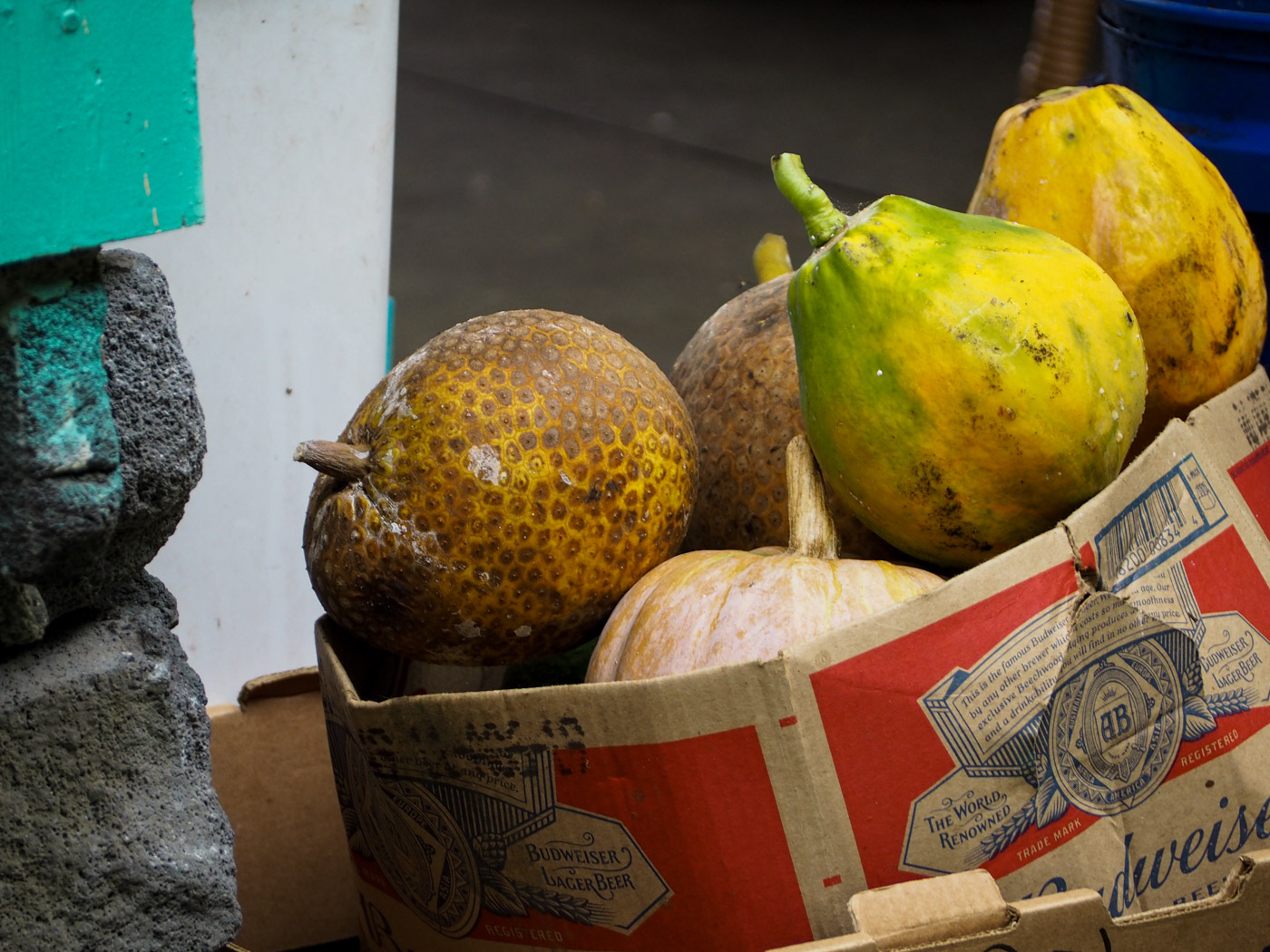

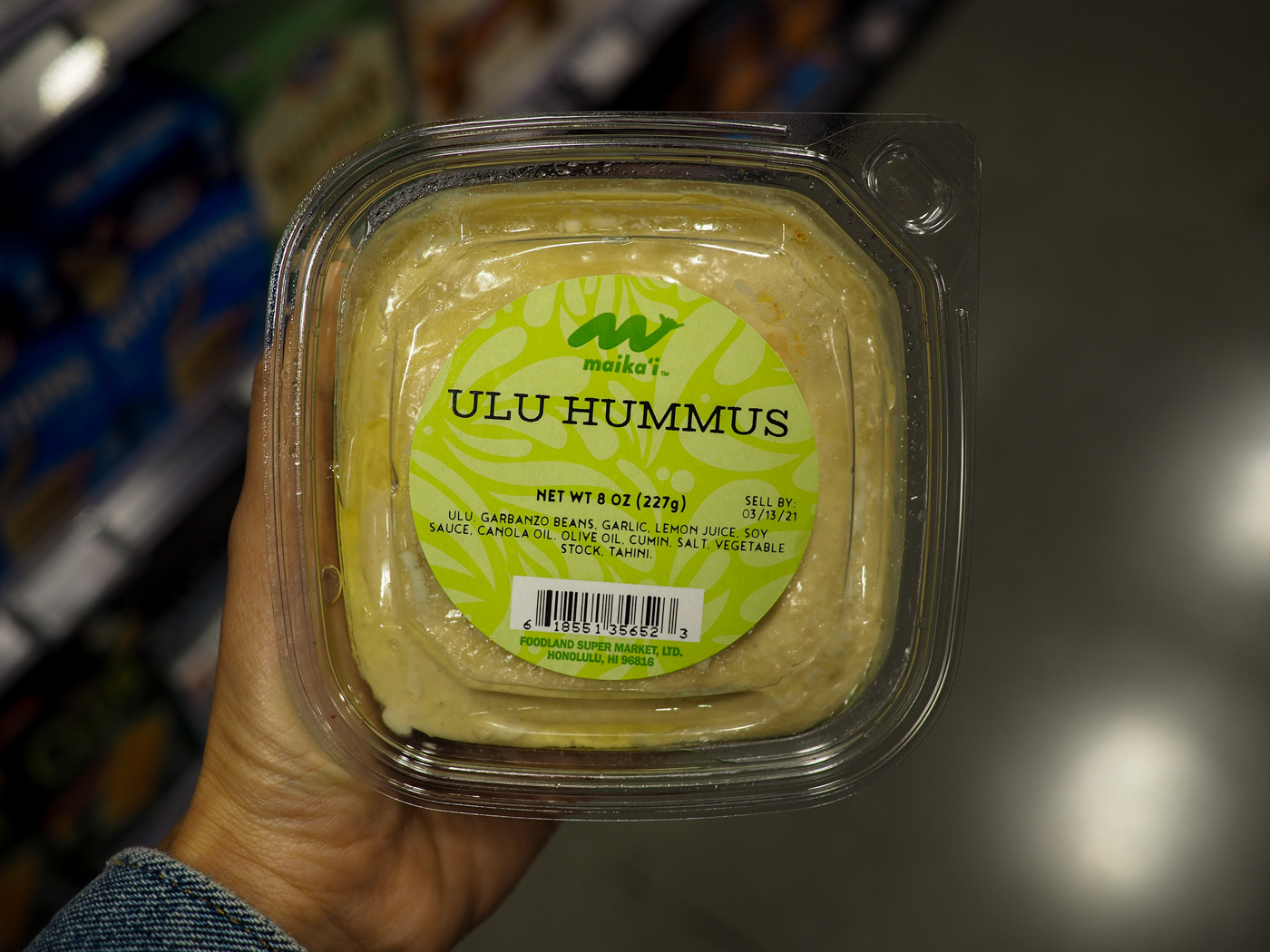
“Patagonia Provisions is all about rethinking how our food is made,” Cameron says, detailing why the company is giving so much attention to this little-known fruit. “We never build product on trend; we create products because it is actually solving a problem. And in the case of breadfruit, the problem is that areas where breadfruit grow are often places that require additional food security. And they’re places where so much of the landscape has been decimated by industrial and chemical lab agriculture.” Cameron stresses that breadfruit is the important factor here—not simply increasing food security. “In a way, the stories around breadfruit are about taking back of the land, whether it’s in Hawaii, or whether it’s in Costa Rica, or Jamaica. We really believe we need to preserve what is meant to be growing in these locations.”
As a large company, Patagonia Provisions is able to look further out toward the future and has plans for maintaining this movement. They have recently released a line of breadfruit-based snacks, which Cameron hopes will one day serve to help sustain Hawaii’s small breadfruit farms beyond feeding the state. Cameron explains, “First feed the farmers, first feed the communities, and after that we’ll have a viable business that farmers can turn to and have a place for [the breadfruit] to go.”
If this model is effective, breadfruit agroforests can be invaluable resources in other areas of the world too. The increasing effects of climate change will disproportionately affect the tropics and sub-tropics. Yield decreases, water scarcity, growing prevalence of pests and disease, and disrupted supply chains are all very real threats to the food supplies of some of the world’s most vulnerable nations. The productive capacity and resilience of breadfruit agroforests could be an answer to these looming challenges.
Across the street from Māla Kaluʻulu stands an ʻulu tree that towers over nearby telephone poles. Likely a remnant of the swath of trees that once covered Kona’s volcanic slopes, this ancient giant stands in defiance of the centuries of injustice faced by Hawaii’s people and lands. The push to bring breadfruit into the mainstream offers an unprecedented opportunity for Hawaii to reclaim its narrative and take control of its future. For far too long, the state has remained entangled in the vestiges of its colonial past. Breadfruit might just provide its way out.





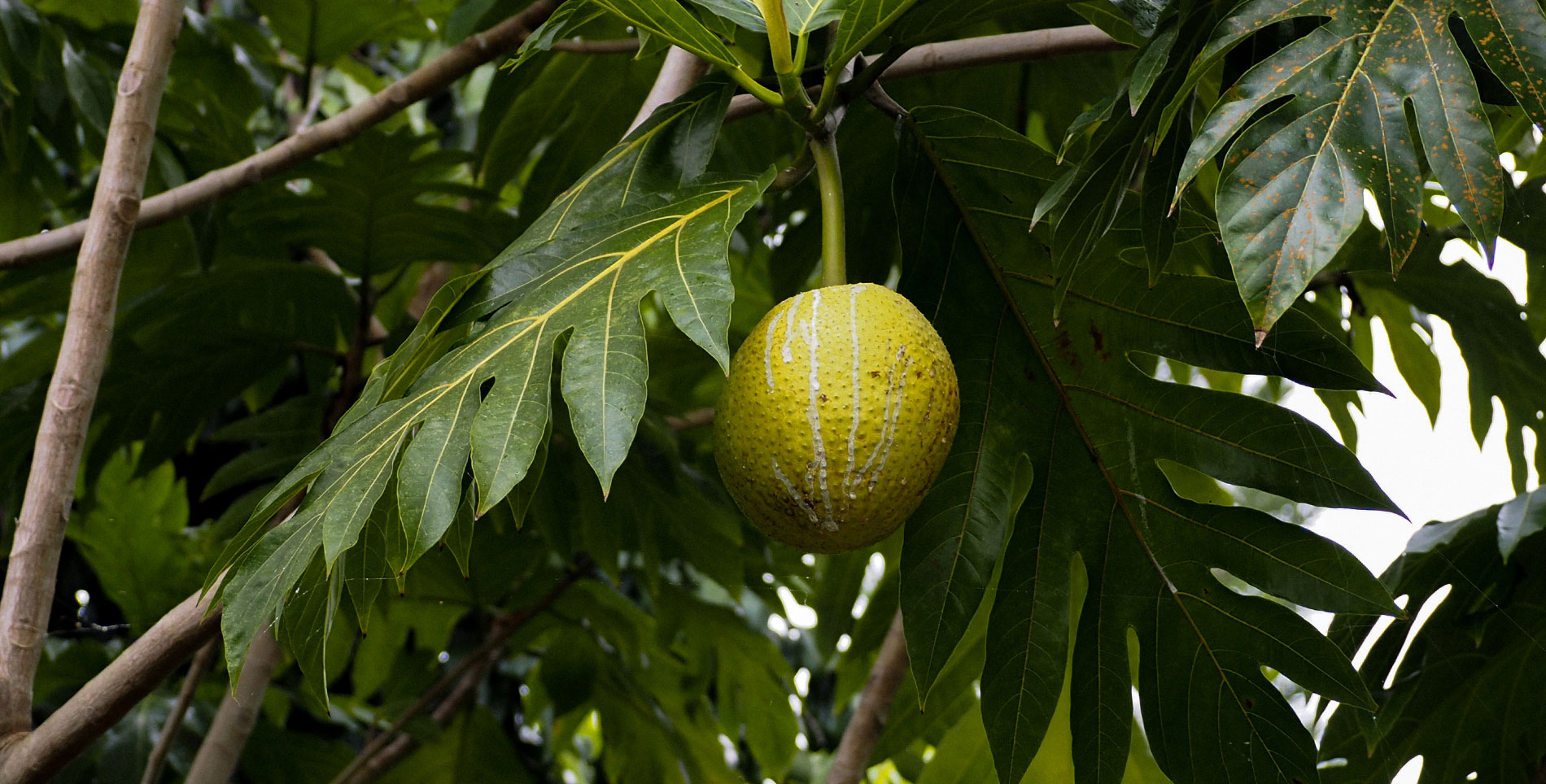

Our comments section is for members only.
Join today to gain exclusive access.